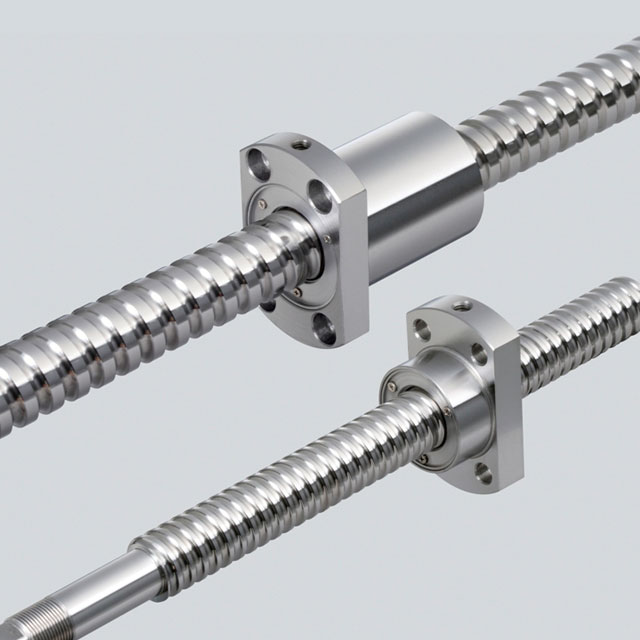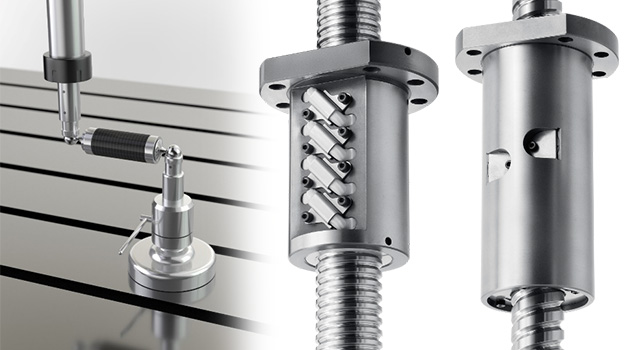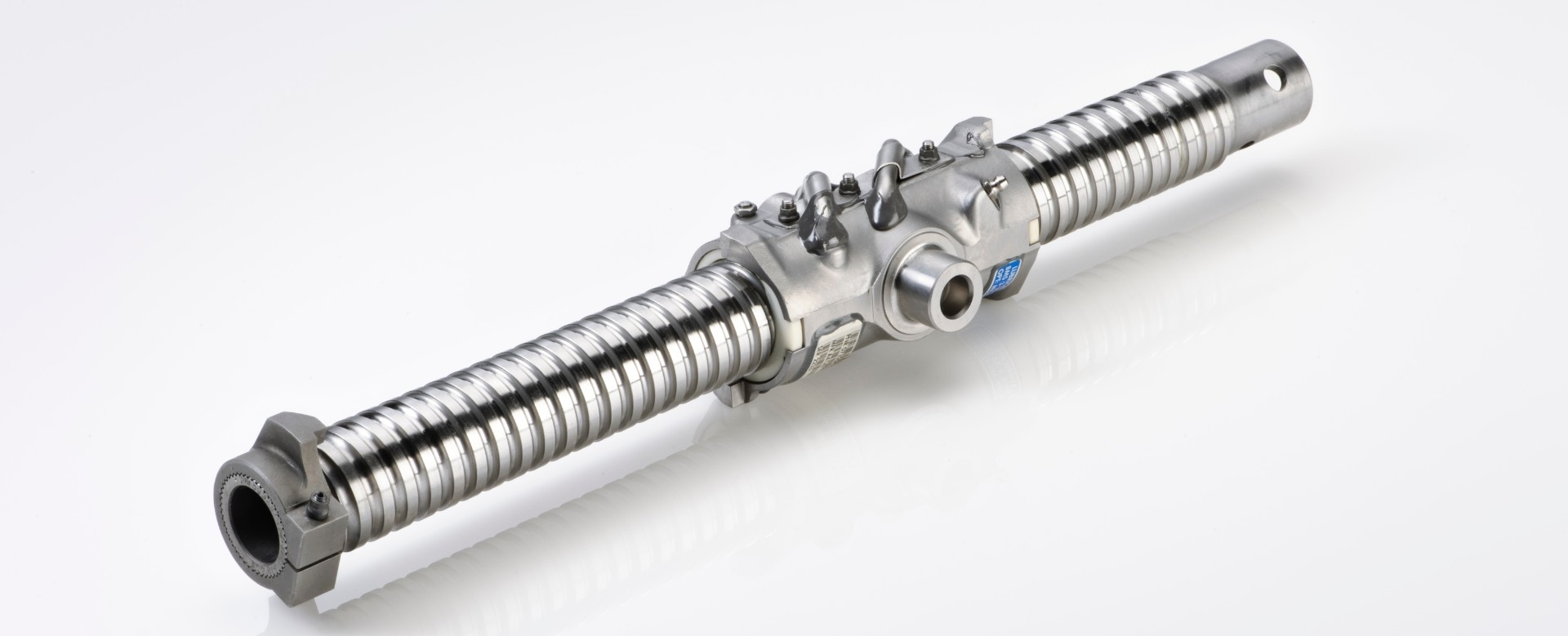Product Description
|
Chemical composition |
||||||
|
Material |
C |
Si |
Mn |
P |
S |
Cr |
|
52100 |
0.95-1.05 |
0.15-0.35 |
0.25-0.45 |
0-0.571 |
0-0.571 |
1.40-1.65 |
FAQ
1. Can you provide sample free?
We’re pleased to offer you free samples weighing up to 0.5kg. It’s our way of letting you experience the quality of our products firsthand. If there’s a specific product you’d like to try, simply let us know, and we’ll ensure it reaches you promptly.
2. What kind of payment terms you can accept?
We can accept T/T,L/C, Western Union and Paypal.
3. What about your steel ball’s quality?
We pride ourselves on the exceptional quality of our steel balls. Our commitment to delivering top-tier products is evident throughout the entire manufacturing process. Every steel ball undergoes rigorous scrutiny, with a comprehensive 100% inspection conducted before shipment. Rest assured, our dedication to quality assurance ensures that you receive products of the highest standard.
4. What’s your packing method?
A) Inner packing: Dry packing or oil packing are provided according to you needs.
B) Outer packing:
1)volatile rust preventive paper + poly bag + iron drum + wooden / iron pallet.
2)25kg poly bag + carton + wooden pallet or wooden box.
3)customized packing.
5. What’s your delivery time?
Within 3-30 days according to your required size and quantity.
6. Is your steel ball competitive?
Yes, We are steel ball manufacture more than 30+ years.
/* January 22, 2571 19:08:37 */!function(){function s(e,r){var a,o={};try{e&&e.split(“,”).forEach(function(e,t){e&&(a=e.match(/(.*?):(.*)$/))&&1
| Customized: | Customized |
|---|---|
| Certification: | ISO, IATF 16949 |
| Standard Parts: | Yes |
| Samples: |
US$ 20/kg
1 kg(Min.Order) | Order Sample |
|---|
| Customization: |
Available
|
|
|---|
.shipping-cost-tm .tm-status-off{background: none;padding:0;color: #1470cc}
|
Shipping Cost:
Estimated freight per unit. |
about shipping cost and estimated delivery time. |
|---|
| Payment Method: |
|
|---|---|
|
Initial Payment Full Payment |
| Currency: | US$ |
|---|
| Return&refunds: | You can apply for a refund up to 30 days after receipt of the products. |
|---|

Can screw balls be custom-designed for specific applications?
Yes, screw balls, also known as ball screws, can be custom-designed to meet the specific requirements of various applications. Customization allows for the optimization of the screw ball’s performance, functionality, and compatibility with the intended use. Here are some key aspects of custom design for screw balls:
- Size and Dimensions: Screw balls can be custom-designed to meet specific size and dimensional requirements. This includes variations in diameter, lead, pitch, and overall length. By tailoring the dimensions to the application, the screw ball can be integrated seamlessly into the system, ensuring proper fit and alignment.
- Load Capacity: Custom-designed screw balls can be engineered to handle specific load requirements. This involves selecting appropriate ball sizes, ball nut designs, and materials to ensure optimal load-carrying capacity. By considering factors such as the magnitude and direction of the load, the custom-designed screw ball can provide the necessary strength and durability for the application.
- Speed and Accuracy: Different applications may have unique speed and accuracy requirements. Customization allows for the selection of appropriate ball screw designs, ball recirculation mechanisms, and manufacturing tolerances to achieve the desired speed and accuracy levels. This ensures that the screw ball can deliver the necessary precision and repeatability for the specific application.
- Environmental Considerations: Screw balls can be custom-designed to withstand specific environmental conditions. For example, if the application operates in high-temperature or corrosive environments, the screw ball can be engineered with materials, coatings, or seals that provide enhanced resistance to heat, chemicals, or contaminants. This customization ensures the longevity and reliability of the screw ball in challenging operating conditions.
- Mounting and Integration: Custom-designed screw balls can be tailored to facilitate easy mounting and integration into the overall system. This includes the provision of specific mounting features, end machining, or interface compatibility with other components. By considering the system’s requirements, the custom design ensures seamless integration and efficient installation of the screw ball.
- Special Features and Requirements: Certain applications may have unique features or requirements that can be accommodated through custom design. This can include specialized lubrication systems, integrated sensors, built-in safety mechanisms, or specific certifications. Customization allows for the incorporation of these special features, ensuring that the screw ball meets the application’s specific needs.
Collaborating with manufacturers or suppliers who specialize in custom screw ball design is crucial to ensure that the custom-designed screw ball meets the desired specifications and performance requirements. Through close collaboration and a thorough understanding of the application, the manufacturer can provide valuable insights, engineering expertise, and design recommendations to create a custom screw ball that is tailored to the unique needs of the application.

What are the signs of wear and tear in screw balls?
Over time, screw balls, also known as ball screws, can experience wear and tear due to various factors such as usage, load, environmental conditions, and maintenance practices. It is important to monitor the condition of screw balls regularly to detect signs of wear and tear, as this can affect their performance and reliability. Here are some common signs of wear and tear in screw balls:
- Increased Backlash: Backlash refers to the amount of free motion or play between the screw and the nut. Excessive wear can lead to increased backlash, causing a noticeable looseness or play in the linear motion system. If you observe a significant increase in backlash, it may indicate wear in the ball bearings, raceway, or ball nut, and it could affect the precision and repeatability of the system.
- Irregular or Uneven Motion: As screw balls wear, they may exhibit irregular or uneven motion during operation. This can manifest as jerky or inconsistent movement, vibration, or a non-smooth linear motion. It may be an indication of worn or damaged ball bearings, raceway, or misalignment, resulting in compromised performance and accuracy.
- Unusual Noise: A change in the noise emitted during operation can be an indication of wear and tear in screw balls. Excessive wear can produce grinding, scraping, or unusual noise patterns, which may suggest contact between worn components, lack of lubrication, or damaged ball bearings. Unusual noise should be investigated promptly to identify and address the underlying cause.
- Reduced Overall Performance: Wear and tear in screw balls can lead to a decline in overall performance. You may notice a decrease in positioning accuracy, repeatability, or load-carrying capacity compared to the system’s original specifications. If the screw ball assembly is not performing as expected or is unable to meet the application requirements, it could be a sign of wear and degradation.
- Increased Friction: Worn screw balls may exhibit increased friction during operation. This can result in higher torque requirements, reduced efficiency, and increased power consumption. If you observe a noticeable increase in resistance or difficulty in moving the assembly, it could indicate wear in the ball bearings, raceway, or inadequate lubrication.
- Visible Damage or Deformation: Visual inspection of the screw ball components can reveal signs of wear and tear. Look for visible damage, deformation, or signs of pitting, scoring, or corrosion on the ball bearings, raceway, or ball nut. Any signs of physical damage should be investigated further to determine the cause and assess the extent of wear.
- Reduced Lifespan: If a screw ball assembly has been in use for an extended period and is experiencing more frequent failures or requires frequent repairs, it may indicate accelerated wear and a reduced overall lifespan. Premature failure or decreased reliability can be an indication of significant wear and tear in the system.
Regular inspection, maintenance, and timely replacement of worn components are essential to ensure optimal performance and longevity of screw balls. If you observe any of the signs mentioned above or suspect wear and tear in your screw ball assembly, it is advisable to consult the manufacturer’s guidelines, seek professional assistance, or replace the worn components to restore the performance and reliability of the system.

What is a screw ball and where is it commonly used?
A screw ball, also known as a knuckleball, is a type of pitch in baseball that is characterized by its erratic and unpredictable movement. Unlike most pitches that follow a predictable trajectory, the screwball moves in an unconventional manner, often resembling a combination of a fastball and a curveball. It is thrown by applying a specific grip and using a throwing motion that imparts spin and a unique arm angle.
The screwball gets its name from the way it breaks or “screws” away from a pitcher’s arm side. For a right-handed pitcher, the ball typically moves from right to left (away from right-handed hitters) and vice versa for a left-handed pitcher. This movement is opposite to that of a regular curveball, which breaks towards the pitcher’s arm side.
Due to its unusual and deceptive movement, the screwball can be challenging for batters to track and hit accurately. It can break late and sharply, making it difficult to anticipate its path. The unpredictability of the screwball makes it an effective weapon for pitchers to keep hitters off balance and induce swings and misses or weak contact.
While the screwball was more commonly used in the early decades of baseball, it has become a relatively rare pitch in modern professional baseball. The pitch requires a specific throwing motion and grip that can put strain on a pitcher’s arm and increase the risk of injury. As a result, many coaches and organizations discourage or outright prohibit young pitchers from learning or throwing the screwball to protect their long-term arm health.
It’s worth noting that the screwball is still seen occasionally in professional baseball, typically from pitchers who have mastered the mechanics and have the necessary arm strength and flexibility to throw the pitch safely. However, its usage is far less prevalent compared to other pitches like fastballs, curveballs, sliders, or changeups.
In summary, a screwball is a pitch in baseball known for its erratic and unpredictable movement. While it was once more commonly used, it has become less prevalent due to concerns about arm health. When thrown correctly, the screwball can be a challenging pitch for batters to hit, offering a unique strategic advantage to pitchers who can effectively utilize it.


editor by CX 2024-03-26
Leave a Reply